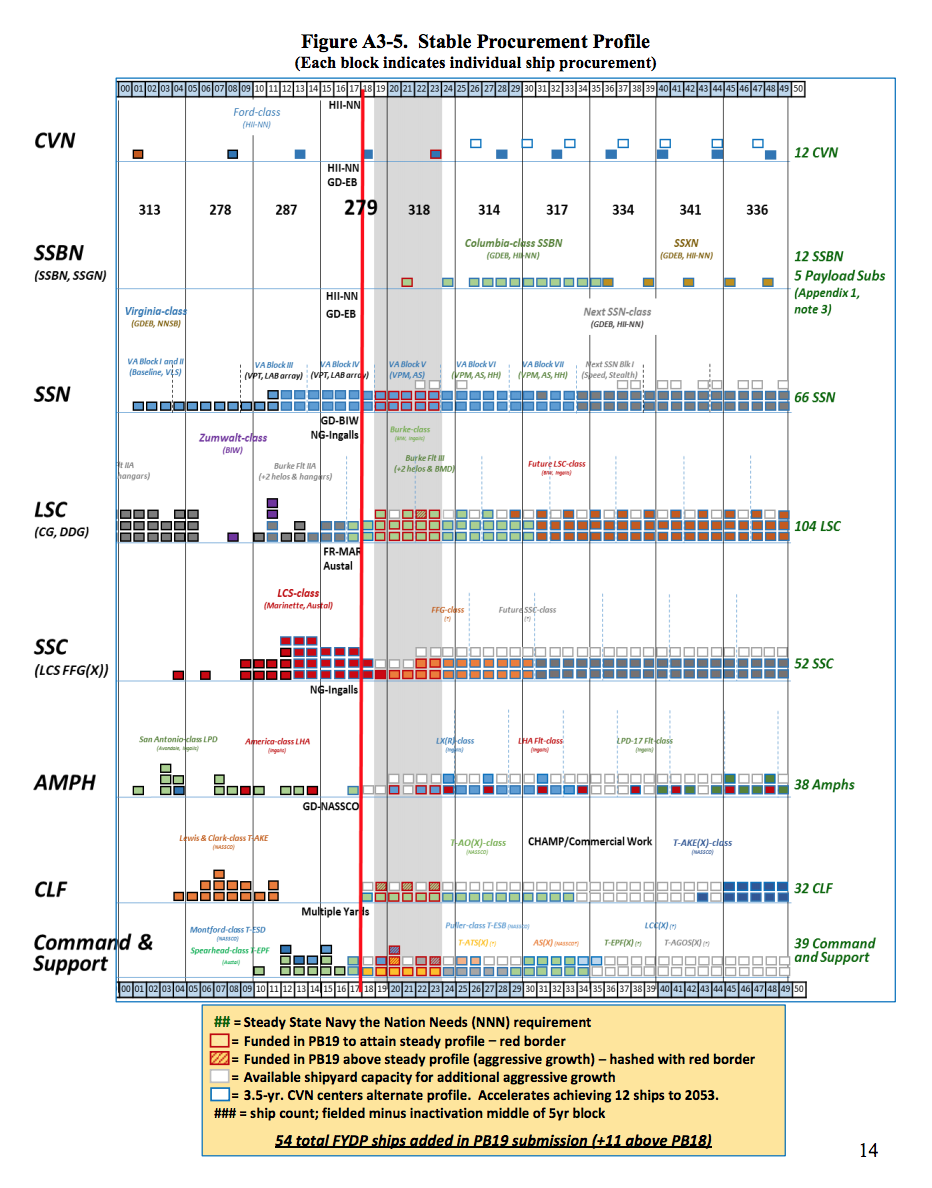Jura The idiot
General
Aug 24, 2017
5 December 2017
... and more basic reservations are inside Railgun potentially cancelled: what went wrong for the US superweapon?me reservations LOL before I forget myself Feb 2, 2017
just my loose thoughts:
...
- at the longest range: it's not easy for me to imagine shooting, at M7 or so,
a metal rod almost 200 km up to the spaceso that it hits, at M5 or so,
more than 400 km at some compound around which Ospreys then arrive, but it's
an interesting idea;- at the shortest range, I don't know how a railgun is supposed to work in its CIWS role:
would it shoot projectiles with a fragmentation warhead? or perhaps take advantage
of its projectile's speed to slam it into an incoming missile?? (dubious considering evasive
maneuvers but I won't delete itplus the advantage would be decisive only against subsonic missiles, I guess)
- at the mid range (100 or so km), I'm completely at loss while thinking about anti-shipping fire:
the railgun fire would need to be corrected, I guess by observing the splashes, by
a drone with an EOTS or something, flying over the horizon, but if you're still with me,
you can tell me why they wouldn't just shoot an AShM instead and did a mid-course
correction since supposedly there would the drone in place, communicating??
...
5 December 2017
The US Navy’s railgun may never make it out of development as the weapon’s problems have seen it fall out of favour with the Pentagon.
The electromagnetic railgun has been in development for over a decade and has costed an estimated $500m, but according to recent reports from military veteran news outlet Task & Purpose, it could finally have the plug pulled on development.
The Strategic Capabilities Office (SCO), tasked with accelerating military technology’s development and deployment to the battlefield, appears to have fallen behind other priorities. While interest still remains in the hypervelocity projectile (HVP) being developed as the railgun’s ammunition, the project could be terminated as early as 2019. The HVP’s ability to be fired from conventional powder guns has won it preferred status in the SCO, as it would be more quickly transferable to current frontline operations.
BAE Systems and General Atomics were the main contractors to the US Navy to develop the railgun. Railguns are being researched as weapons that would use neither explosives nor propellant, but rather rely on electromagnetic forces to impart a very high kinetic energy to a projectile. The absence of explosive propellants or warheads to store and handle, as well as the low cost of projectiles compared to conventional weaponry, come as additional advantages.
In late 2013, BAE also received a $33.6m contract from ONR to develop and demonstrate a HVP – a next-generation, guided projectile capable of completing multiple missions for the Electromagnetic Railgun.
Railgun’s power consumption and degradation major stumbling blocks
The project faced two major complications. The weapon takes a colossal amount of power to fire, and it tears itself apart with use.
To date railgun demonstrations, while impressive, have not demonstrated an ability to fire multiple full power shots from the same set of rails. In a March 2014 statement, Chief of Naval Research Admiral Matthew Klunder claimed the weapon’s durability had increased from tens of shots to over 400. However, the ONR refused to confirm if these 400 shots were at the weapon’s maximum capacity.
The railgun’s power concerns are currently making it available on one new class of US destroyer. The problem is that the only ships that will be able to generate the 25 megawatts of power (enough to power almost 19,000 homes) required to fire the railgun are the Zumwalt-class destroyers, and only three will be produced due to budget considerations, down from the originally planned 32.
HVP preferred due to compatibility with conventional weapons
For a short-term solution to the railgun question, the navy has discovered it can fire the railgun projectiles out of conventional warship cannons. In 2012 the Navy fired the railgun projectile out of 5-inch powder guns already mounted on many US warships. The HVP has also been tested in 6-inch guns and 155mm Army howitzers. While it wouldn’t achieve the velocity in the EM railgun of Mach 6, it still travels twice as fast as conventional rounds.
The US is not the only country developing railguns. India, Russia, China, and Turkey have all tested prototypes.



